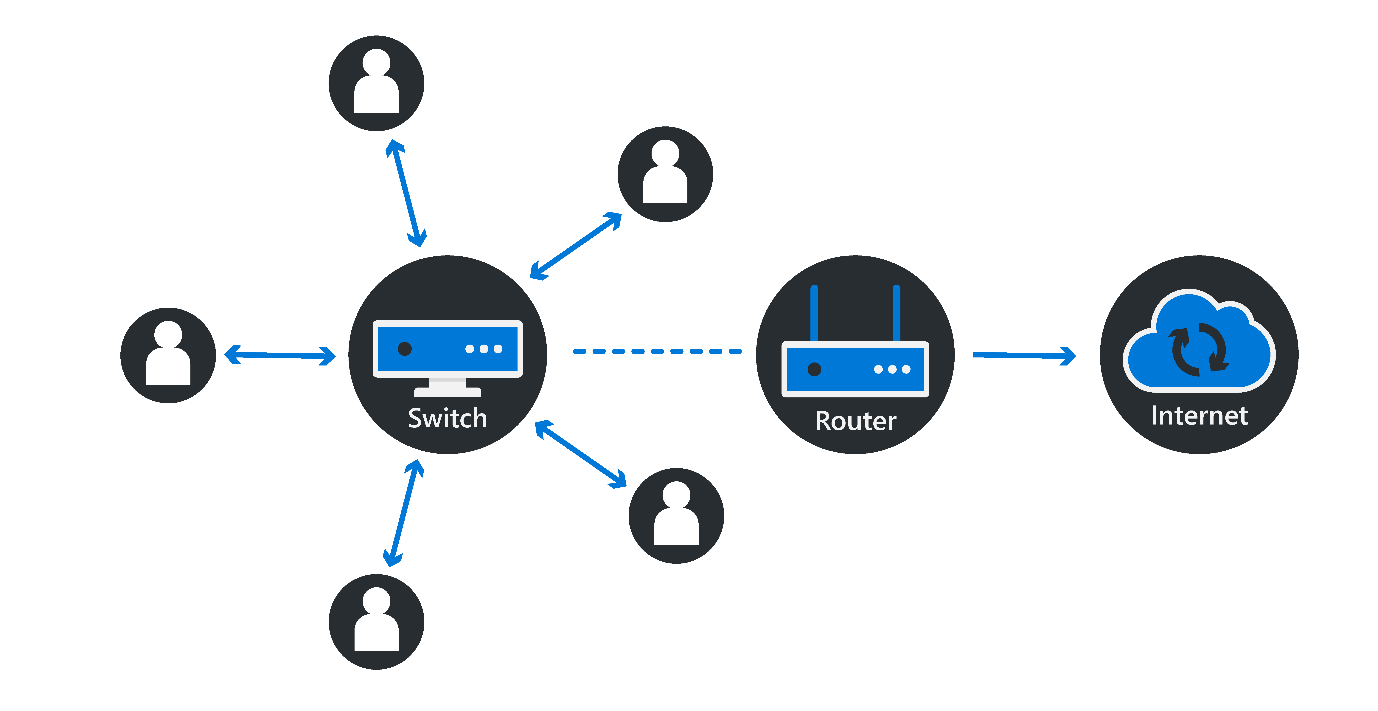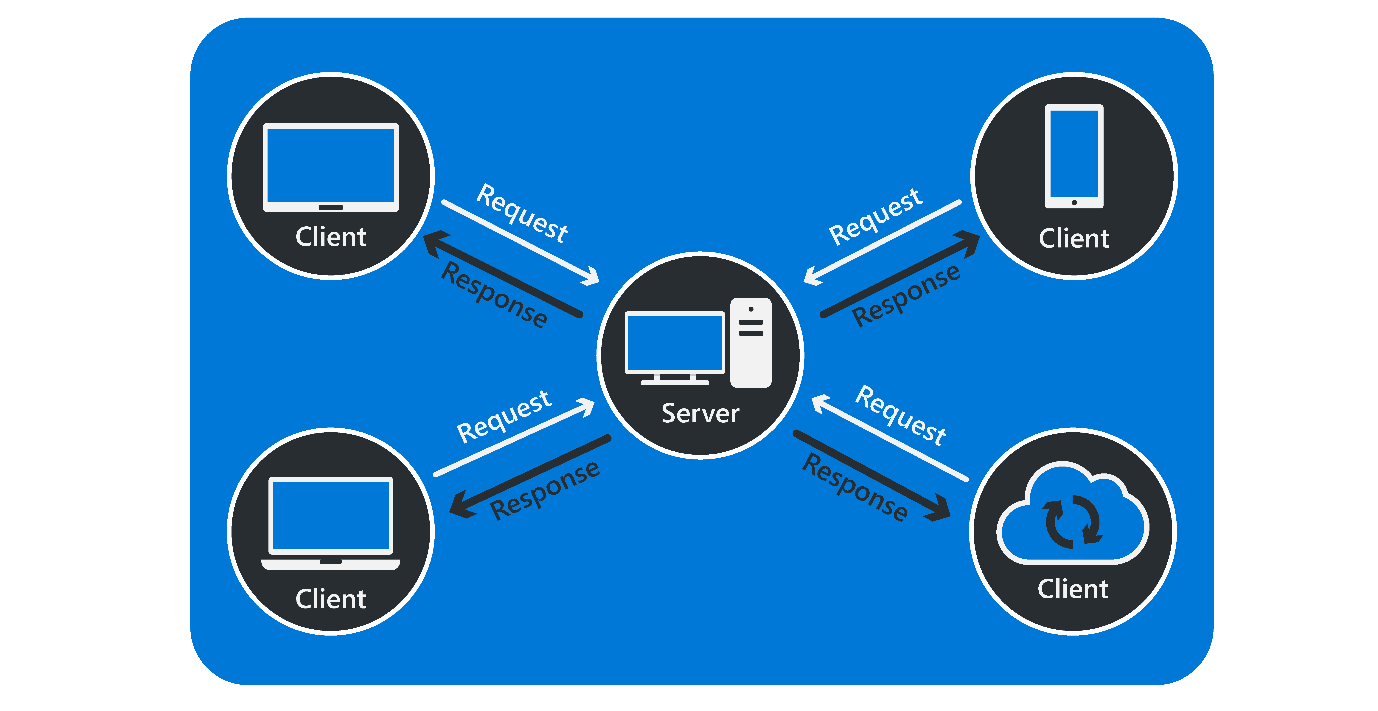What are networks?
Anytime you use your smartphone or laptop to access the internet, you're using a network to do it. Networks exist everywhere, from your home to your place of work, and the largest network of all is the internet.
Whether it's a network in your home, coffee shop, or at work, they all use a similar set of components to create a seamless infrastructure for your devices to effortlessly communicate with each other. Even the cloud, or internet, has its roots in the physical world. Networks have dozens of components that work together—the ones you've probably heard of are switches, routers, firewalls, and hubs. The list is far longer, but it's worth calling out two:
- A switch is the cornerstone of every network on the planet, allowing multiple devices to connect and communicate with each other, forming an individual network.
- The router allows different types of networks to talk to each other.

What are private and public networks?
While there are many different types of networks, each serving a specific and often dedicated purpose, typically they're either private or public.
- A private network requires a level of authentication and authorization to access data and resources. You'll find this type when you access a work network or when you sign into your favorite streaming service.
- A public network is open to anyone and requires no network authorization. The internet is a perfect example of a public network.
The client-server network
Networks allow different types of devices to communicate with each other. They come in many different shapes and configurations, each serving a common purpose. The one you'll use on a daily basis is the client-server topology.
The client-server network assumes one or more servers receive requests from a variety of clients, which then send back an appropriate response, as shown in this diagram.

What is a client?
The client is a fancy name for any device that wants to do something on your network. This can be anything from an app on a smartphone that needs data to display messages, to the contents of your shopping basket accessed through your browser, or a laptop that needs to access email. Each client makes a request for a resource or service to the server and waits for a response.
What is a server?
The server is dedicated to providing resources, services, and data, for example, a web server hosting a webpage. They're responsible for processing requests that come from the client and sending back a response, which is typically the data, resource, or service that has been requested. A server handles hundreds or thousands of requests from clients every minute.